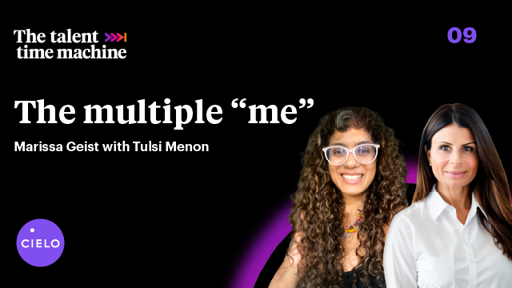The Asia-Pacific (APAC) region is a mosaic of cultural, social and economic diversity. That’s why it’s essential to create environments where everyone can perform their best. We uncovered the inclusion challenges talent leaders are facing – and how to solve them – at our first roundtable event of 2025.
Laura Todd, Senior Vice President – Responsible Business and Impact, led HR and talent acquisition leaders as they came together in Singapore to address these key barriers. Together, they generated actionable strategies to drive progress in the region with localized and innovative approaches.
"Given the complexities across the region, by localizing strategies and leveraging expert insights sharing practice, we can transform Asia-Pacific EDI challenges into opportunities."
– Laura Todd, Senior Vice President – Responsible Business & Impact
Global talent trends
Businesses around the world are at a crossroads, influenced by political and economic shifts:
- In the U.S., the new administration's rollback of DEI initiatives has sparked many companies to review and refresh their approach.
- In Europe, upcoming legislation, such as pay transparency laws for 2026, is pushing inclusivity forward.
- While U.S. corporate equity and inclusion funding is down to 65% in 2024, 85% of APAC leaders view it as critical to commercial success, with 61% planning increased investment.
APAC-specific challenges
Despite this momentum, research shows APAC faces unique global talent trend hurdles:
- Leadership accountability: Less than 40% of organizations hold leaders accountable for DEI targets.
- Maturity of programs: Only 11% report fully mature inclusion programs. They often rely on individual efforts that aren’t aligned with broader strategies but with structural reforms like pay equity.
- Cultural diversity: Differing societal norms and legal frameworks across the region, particularly regarding LGBTQ+ rights and disability inclusion, introduce unique challenges and opportunities.
- Gender diversity: Fewer than 25% of organizations link diversity goals to performance evaluations, highlighting significant growth potential.

How to make progress in inclusion
Attendees highlighted systemic barriers to creating equal opportunities in APAC. From these insightful discussions, five key takeaways emerged to help organizations make meaningful progress in the region:
- Tailor approaches: Generic approaches often fail to address the unique needs of diverse populations. Tailored, localized efforts driven by regional leaders are essential. Get results by respecting regional differences and personalizing initiatives to cultural and legal nuances.
- Encourage leadership buy-in: Global frameworks exist but embedding local ownership and accountability requires involvement from the top. Overcome this and create change by tying inclusion outcomes to leadership evaluations. Partnering with government initiatives, like Singapore's disability inclusion grants, can also help secure leadership commitment.
- Prove business impact: Demonstrating the business value of widespread inclusion is complex. Sustainable structural reforms are often more impactful than isolated initiatives. Focus on things like pay equity and regular audits of the hiring process.
- Make smart use of data: Privacy concerns and cultural stigmas make gathering accurate data – especially on disability inclusion – challenging. Use metrics and employee insights to refine strategies and measure success. Embed automated salary ranges into applicant tracking systems to foster equal pay during recruitment.
- Encourage mindset shifts: Many organizations don’t view inclusion as a core business strategy. But this changes with awareness: Build a culture of inclusion with ongoing training on microaggressions and lived experiences. Implement employee resource groups to help create hybrid workplace policies and represent diverse perspectives. Inspire long-term behavioral changes with role-specific upskilling and training.
The APAC region’s diversity is its greatest strength – and its greatest challenge. But driving business growth and success is possible with the right approach. Discover how our solutions will help you turn intent into impactful action.
About the expert

Senior Vice President – Responsible Business & Impact, Cielo
LinkedIn connect






